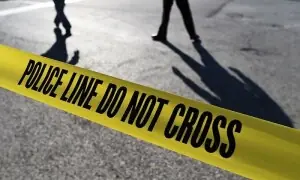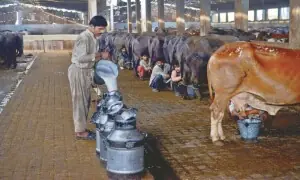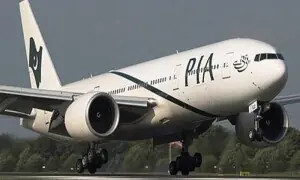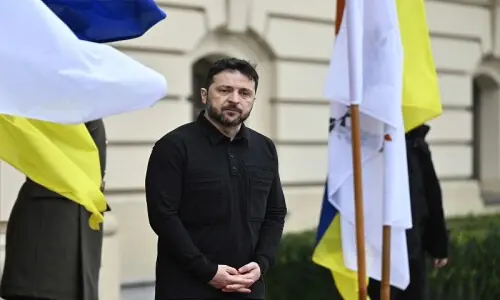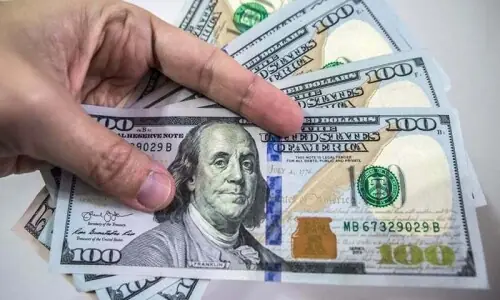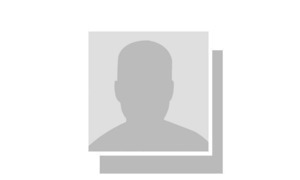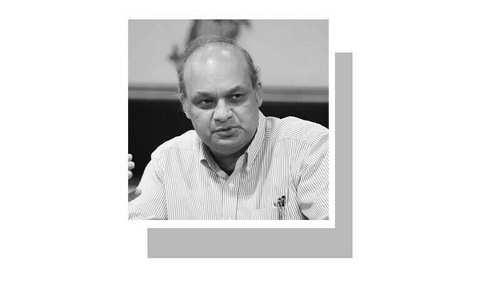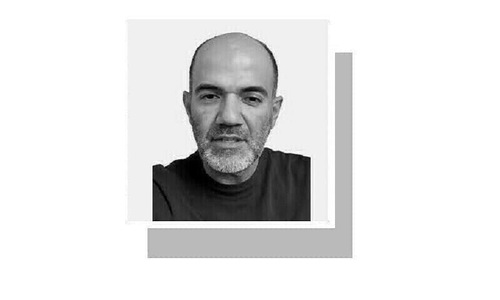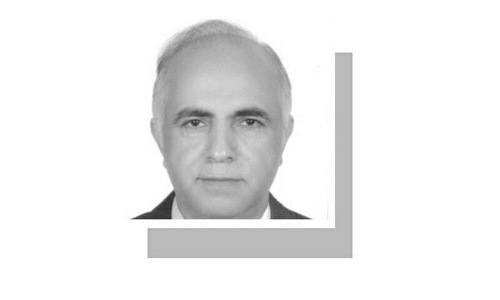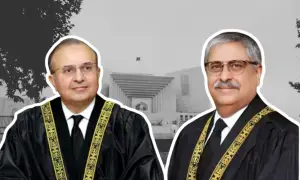UNITED NATIONS: The banned militant group Tehreek-i-Taliban Pakistan (TTP) still has about 6,000 trained fighters on the Afghan side of the border, warns a report prepared for the United Nations Security Council (UNSC).
The 28th report of the UN Analytical Support and Sanctions Monitoring Team also confirms the presence of hundreds of anti-Beijing Muslim militants close to Afghanistan’s border with China.
The report was submitted to the UNSC this week under a UN mandate that requires the monitoring team to prepare detailed, periodical reports on militant activities in various regions of the world.
In a chapter that deals with the Taliban’s approach towards foreign terrorists, the report notes the group’s efforts to suppress such outfits “has been more pronounced in cases of foreign fighters with suspected leanings” to IS and TTP.
UN confirms presence of hundreds of anti-Beijing militants close to Afghan border with China
“Attempted enforcement has reportedly led to clashes (some fatal) between the Taliban and TTP over operational restrictions placed on the latter,” the report adds.
But the UN monitors also note that “despite growing distrust, TTP and the Taliban carry on with relations mainly as before”.
According to the UN report, TTP is traditionally located in the eastern districts of Nangarhar province, near the border with Pakistan.
The UN team points out that “a reunification took place in Afghanistan between TTP and certain splinter groups in the period from December 2019 to August 2020”. This included the Shehryar Mehsud group, Jamaat-ul-Ahrar (JuA), Hizb-ul-Ahrar, the Amjad Farooqi group and the Usman Saifullah group (formerly known as Lashkar-i Jhangvi). Al Qaeda was reportedly involved in the moderation between the groups.
The return of splinter groups to the TTP fold has increased its strength, “of which current estimates range between 2,500 and 6,000 armed fighters,” says the report, adding that “the upper range is more accurate”. The group has been led since June 2018 by Noor Wali Mehsud. The deputy to Mehsud is Qari Amjad.
UN monitors note that TTP “has distinctive anti-Pakistan objectives but also supports the Afghan Taliban militarily inside Afghanistan against Afghan government forces”.
Published in Dawn, July 27th, 2021











